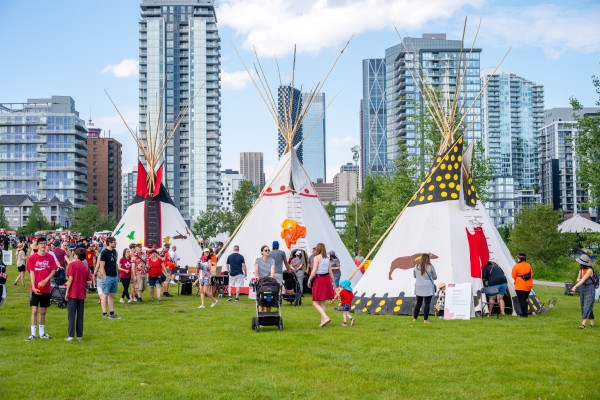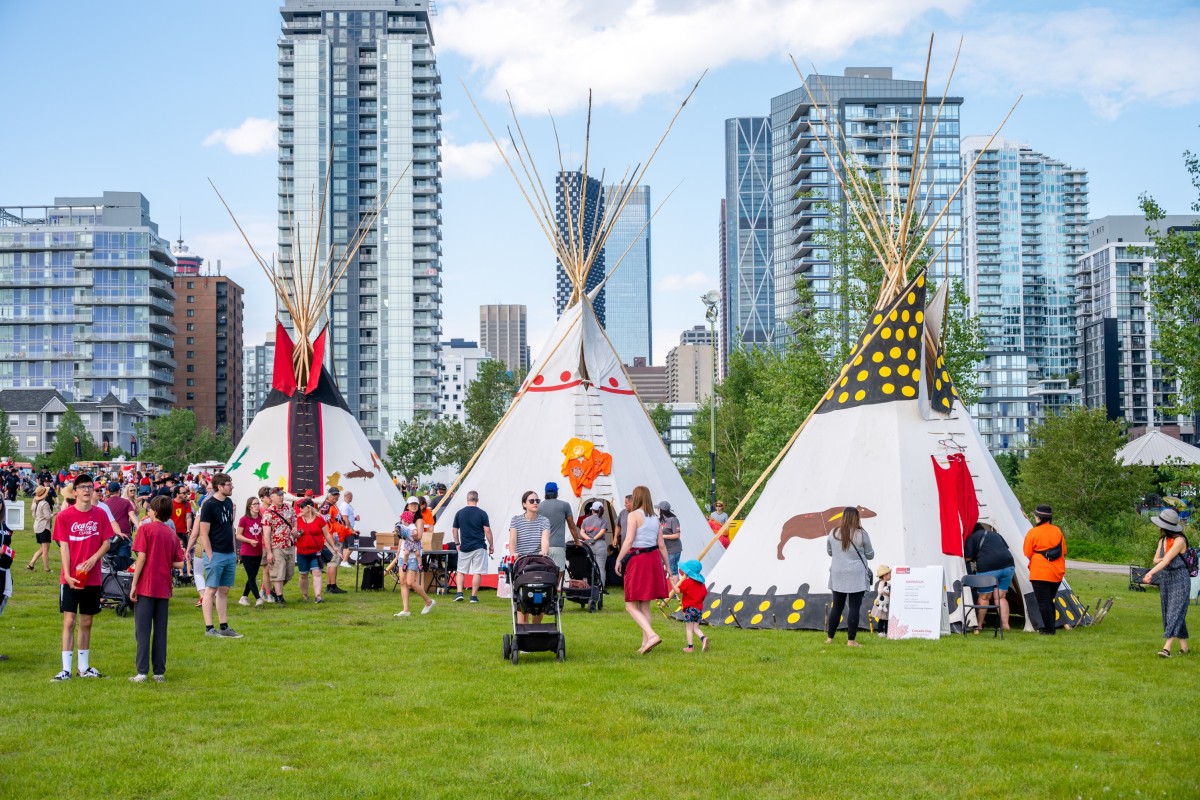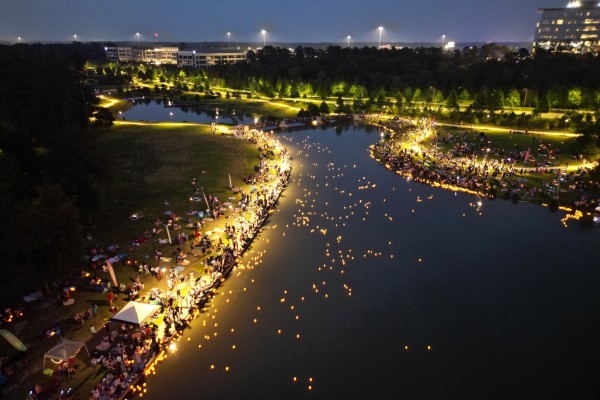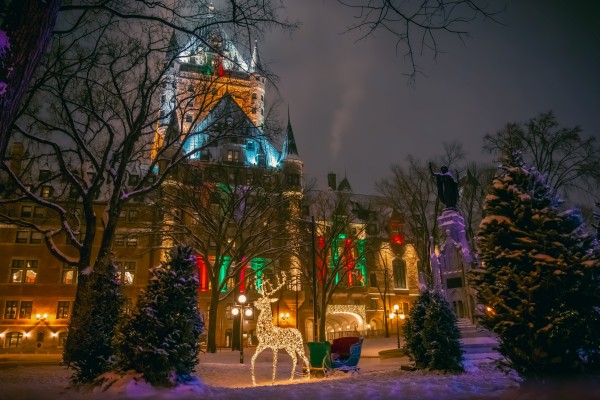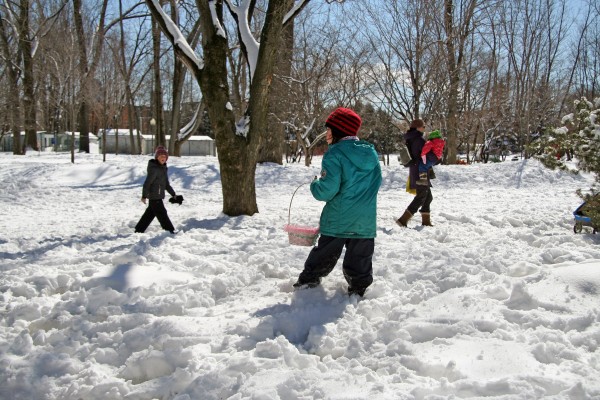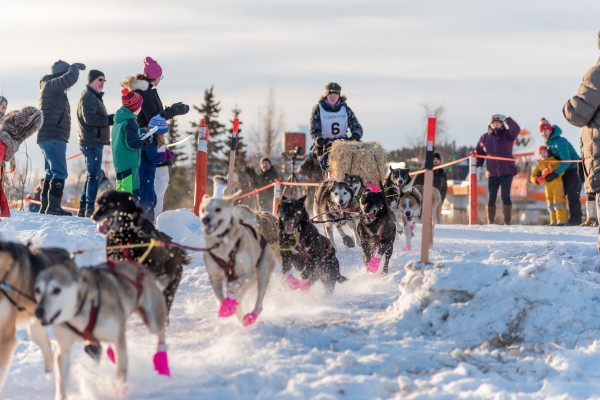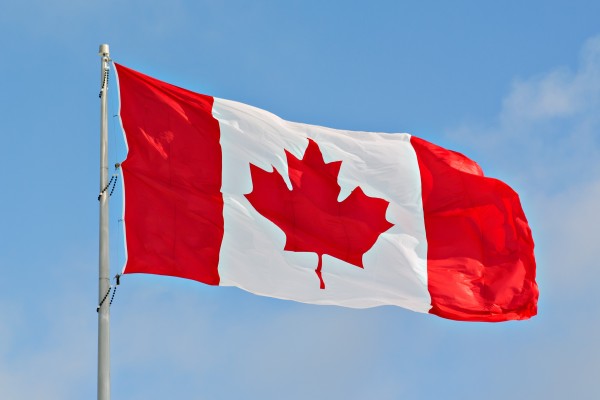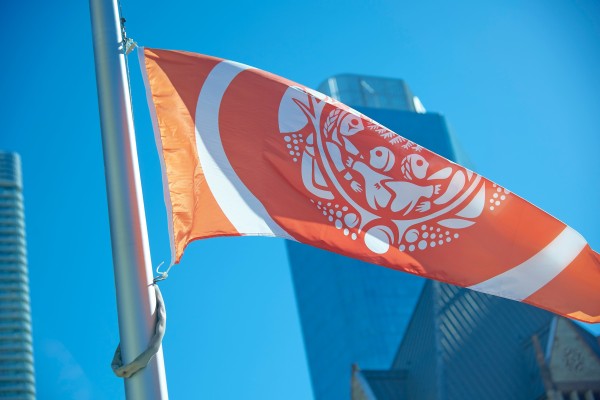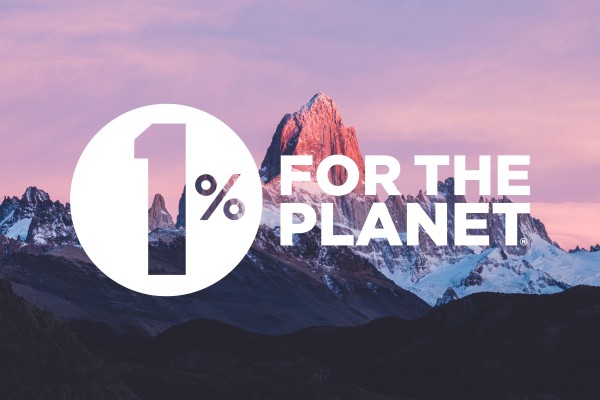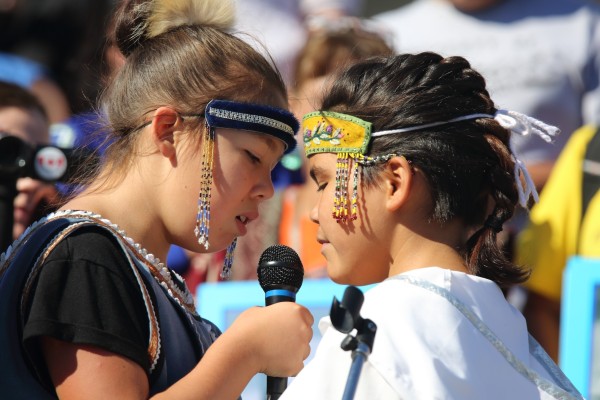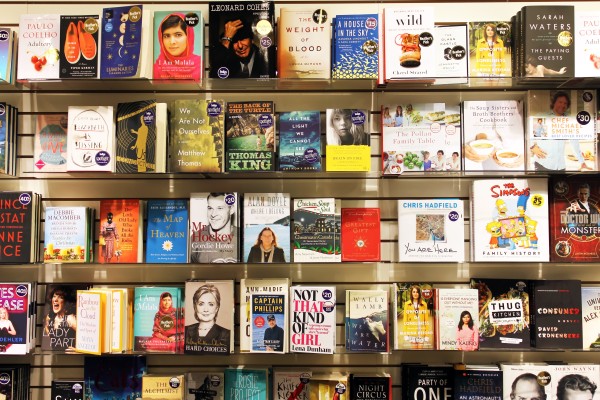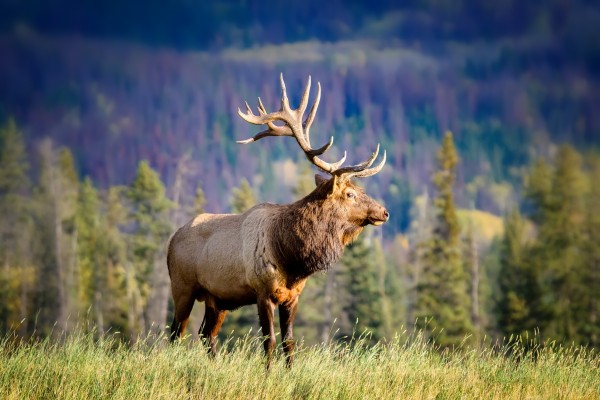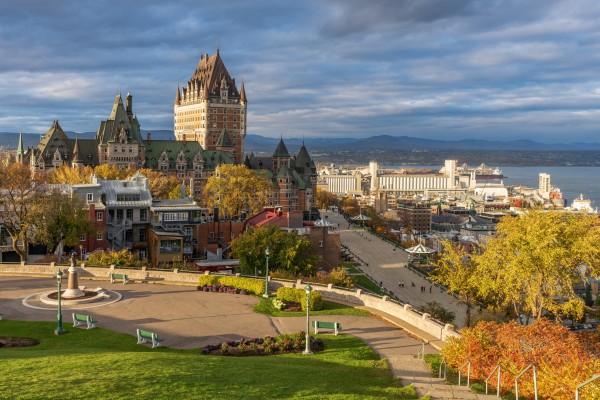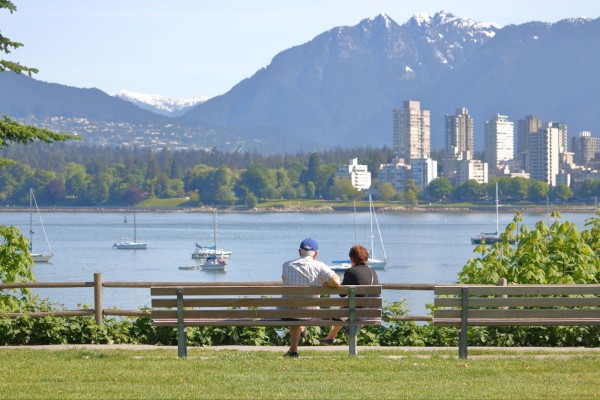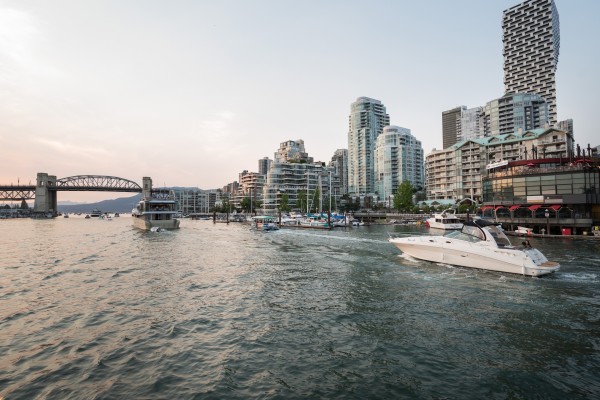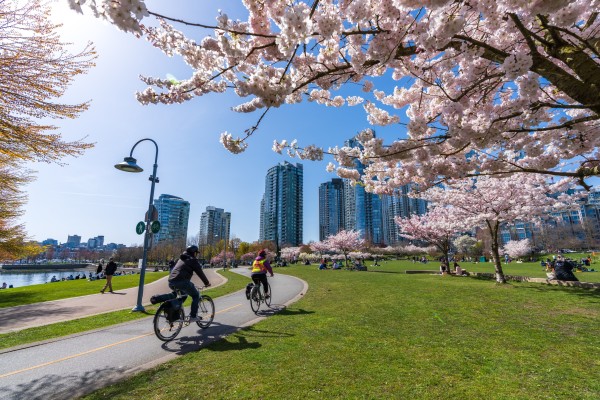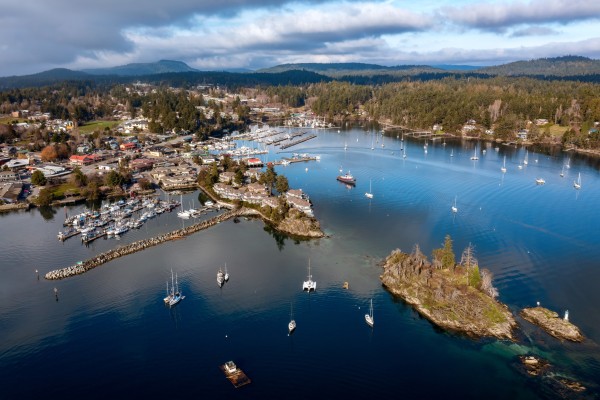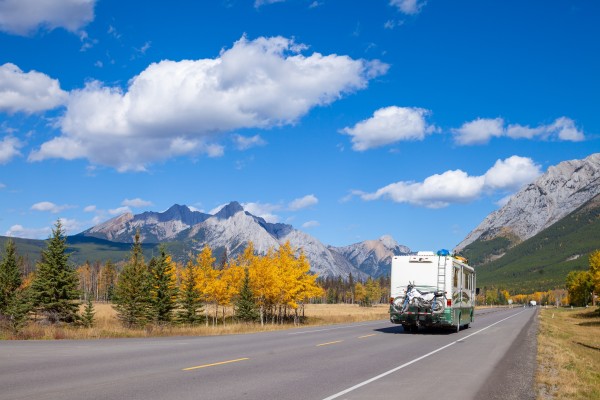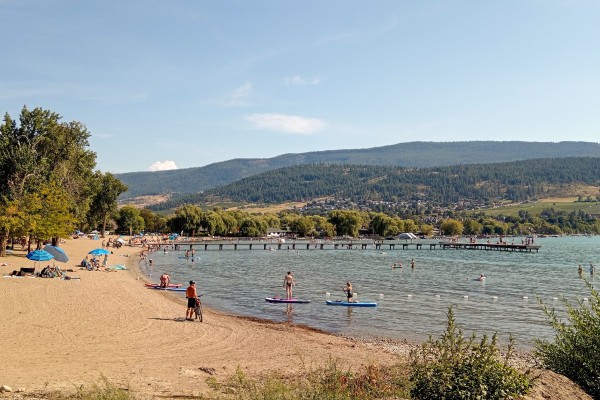Celebrate Thanksgiving in Canada with gratitude and good food

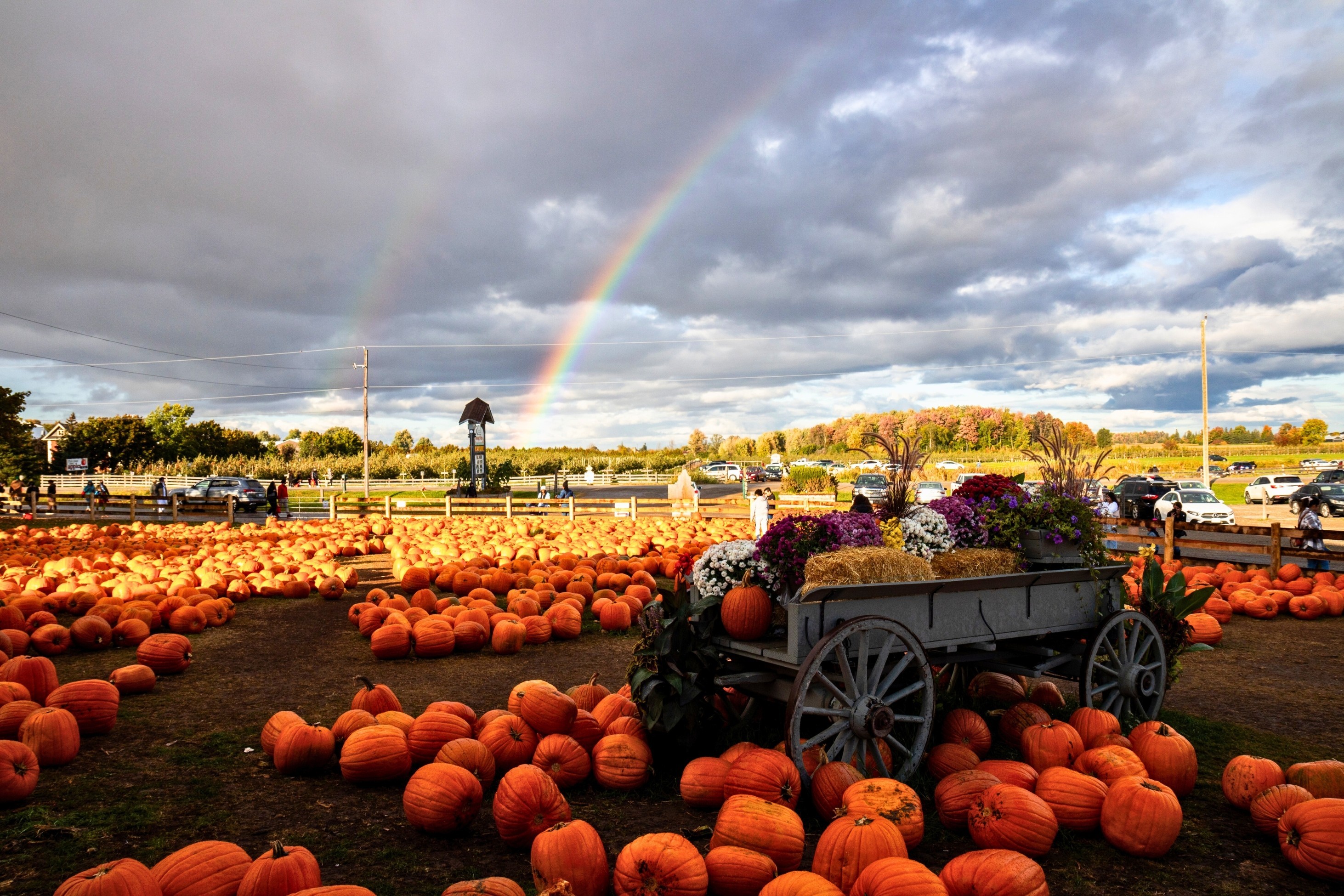
Autumn in North America is marked by the annual tradition of Thanksgiving. It’s a time when the nights grow longer, the air turns crisp, and leaves turn vivid shades of orange and red.
It’s a season to pause, reflect, and appreciate what we have. Families and friends gather to celebrate the harvest, share food, and express gratitude.
In Canada, Thanksgiving takes place each October, bringing people together through traditions old and new. This guide explores everything you need to know, from its origins and regional customs to modern, mindful ways to enjoy the long weekend.
When and why Canadians celebrate Thanksgiving
Canadian Thanksgiving takes place on the second Monday of October. In 2025, that’s October 13th.
The feast and celebration mark the end of the harvest season and a moment to give thanks for abundance, food, and community connection.
Like many national holidays around the world, Thanksgiving is both celebratory and complex. Its historical roots are tied to colonialism, and it’s important to reflect on this part of Canada’s past even as we gather in gratitude.
Thanksgiving happens earlier in Canada than in the United States, mainly because Canada’s harvest season ends sooner due to longer winters. Beyond timing, there are also differences in how each country’s traditions began.
Canadian Thanksgiving began as a European-style harvest festival. American Thanksgiving traces back to the 1621 feast between the Pilgrims and the Wampanoag people in Massachusetts—a story often romanticised and one that overlooks the lasting impact of colonisation.
Indigenous peoples across North America have long celebrated harvests and expressed gratitude for the land. These traditions have existed long before European settlers arrived. Today, Thanksgiving in Canada is largely secular, focused on food, family, and appreciation.
If you’re curious about how other Canadian holidays differ across cultures and provinces, see our guide to navigating public and multicultural holidays in Canada.
How Canadians celebrate Thanksgiving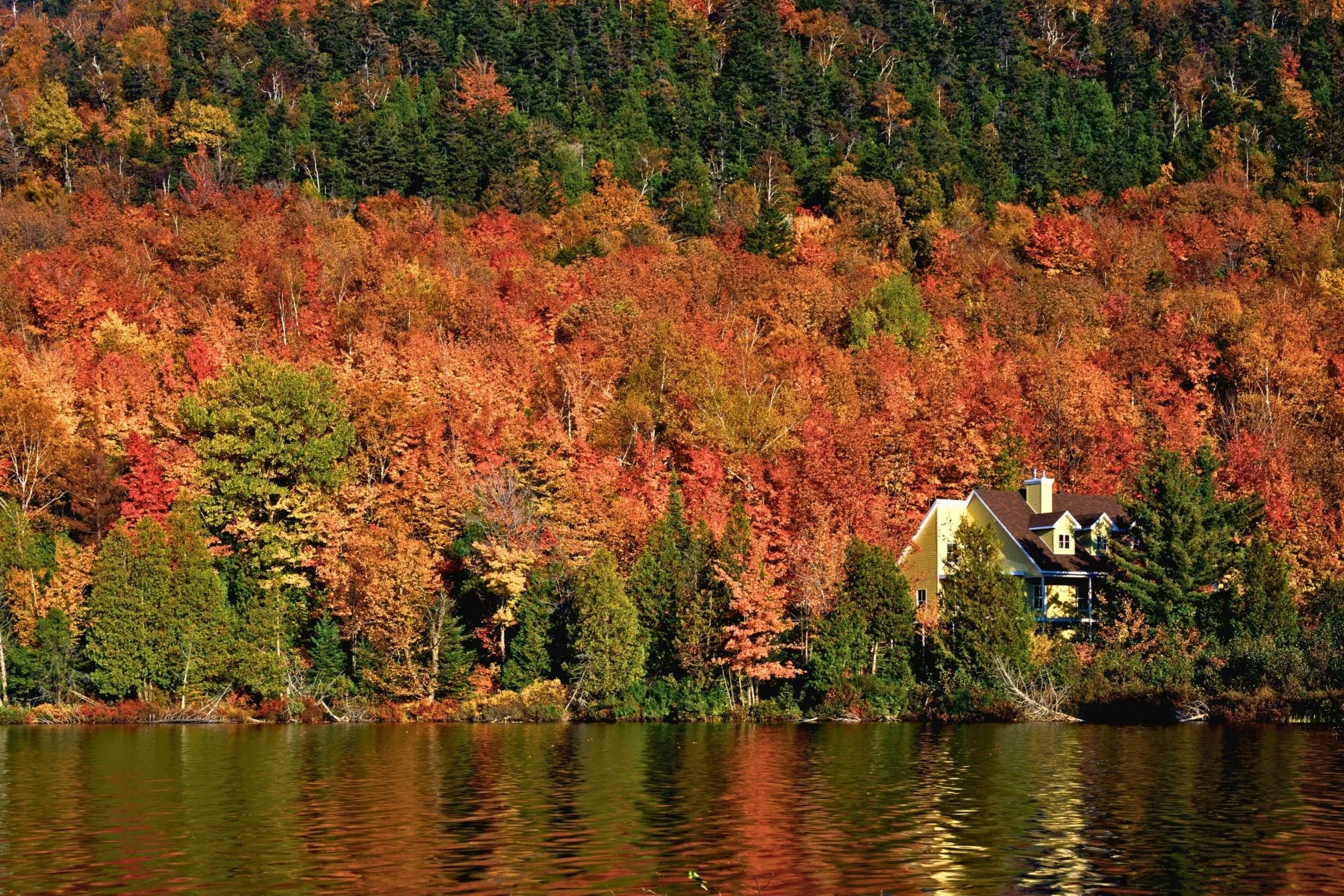
Today, Thanksgiving weekend is about food, togetherness, and slowing down. Families gather to share a feast and reflect on what they’re grateful for.
As Monday is a national holiday, many Canadians use the long weekend to plan family getaways to cottages, travel to see loved ones, gather in parks, or host family feasts at home. Friends often plan large dinners, with each person bringing a dish to share with everyone.
In rural communities, fires are lit, offering a place to gather outside in the cooler fall nights.
Community meals and charity events also form a big part of the celebration. Across Canada, soup kitchens and outreach centres host Thanksgiving dinners, and some restaurants offer free turkey meals to those in need.
Thanksgiving feasts across Canada
Every region celebrates Thanksgiving a little differently, inspired by local harvests and traditions:
- Ontario: celebrate the large harvests of their vast farmlands, and families visit pumpkin patches and pick apples in the orchards.
- British Columbia: Enjoy seafood feasts with salmon, shellfish and seasonal veg from local markets.
- The Prairies: Grain-based dishes and local folk give thanks for the large harvest in the agricultural heart of Canada.
- Atlantic Canada and Northern communities: celebrate with community-focused meals that combine traditional Indigenous dishes and local foods.
Popular Canadian Thanksgiving dishes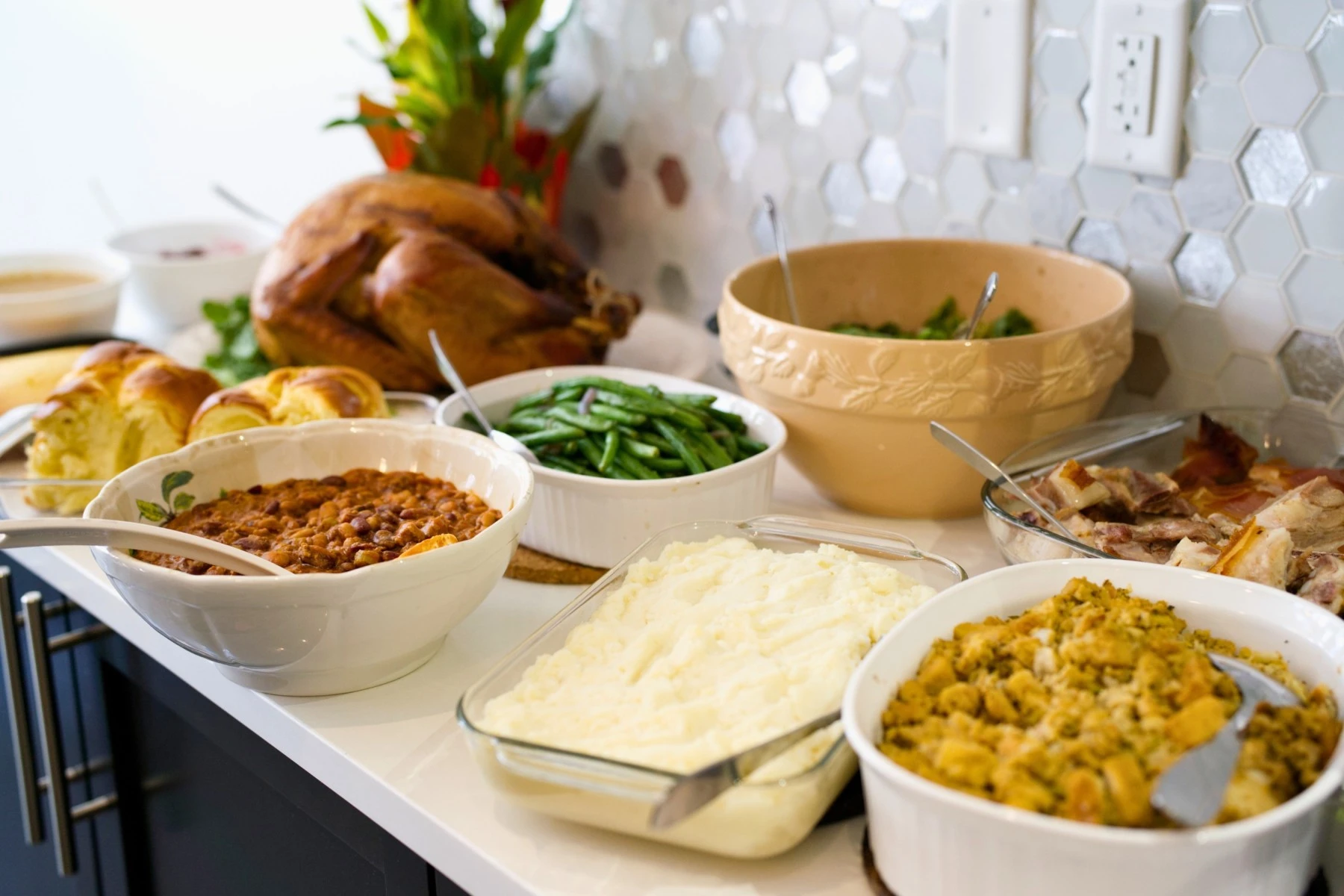
No Thanksgiving table is complete without comforting favourites that bring everyone together. Here are some of the most loved dishes enjoyed across Canada each October.
- Roasted turkey: The centrepiece of most Canadian Thanksgiving feasts. Traditionally roasted until golden and basted with butter or herbs, it’s often served with savoury stuffing made from bread, onions, and herbs.
- Mashed potatoes and gravy: Creamy, buttery mashed potatoes are a must-have side, best enjoyed with homemade gravy made from the turkey’s pan drippings.
- Cranberry sauce: Bright, tart, and slightly sweet, cranberry sauce adds a refreshing contrast to the richness of turkey and gravy. Many families make it from scratch using local cranberries.
- Stuffing: Recipes vary by region and family tradition. Some use sage and bread cubes; others add sausage, apples, or wild rice for a hearty texture.
- Roasted vegetables: Seasonal favourites like carrots, squash, and Brussels sprouts are roasted to bring out their natural sweetness and autumn colours.
- Pumpkin pie: Silky and spiced with cinnamon, nutmeg, and cloves, pumpkin pie is the ultimate Canadian Thanksgiving dessert. Often served with whipped cream or vanilla ice cream.
- Apple pie: Another classic, especially in Ontario and Nova Scotia, where apple orchards are plentiful. Tart and flaky, it’s a sweet nod to the harvest season.
- Sweet potato casserole: A comforting favourite in many households, sometimes topped with toasted pecans or a thin layer of marshmallows for a playful finish.
- Freshly baked bread or rolls: Perfect for mopping up gravy or enjoying with butter and cranberry sauce.
Bonus tip: include something regional, like cedar-planked salmon in British Columbia or wild rice from Manitoba, to add a local touch to your Thanksgiving table.
Family-friendly Thanksgiving activities
Thanksgiving is also about celebrating the beauty of autumn and time spent together. Try these fun activities below and make the holiday about more than just a big meal.
Apple picking

Early October is peak apple season across much of Canada. Families can spend a crisp afternoon wandering through orchards and picking their own fruit.
- Ontario: Chudleigh’s Farm in Milton and Pine Farms Orchard in King City are local favourites.
- Nova Scotia: The Annapolis Valley is famous for its apple harvest. Check out Noggins Corner Farm near Wolfville.
- Quebec: Mont-Saint-Hilaire and Oka are known for beautiful U-pick apple orchards with mountain views.
Tip: Bring a basket and enjoy a warm apple cider afterwards, as many farms press their own.
Visiting a pumpkin patch
Pumpkin patches are a quintessential Thanksgiving outing, and are great for kids and photo ops alike.
- British Columbia: Aldor Acres in Langley and Taves Family Farms in Abbotsford host popular pumpkin festivals.
- Alberta: Prairie Gardens Adventure Farm near Edmonton features hayrides and pumpkin cannons.
- Ontario: Downey’s Farm near Caledon turns into a massive fall fair with corn mazes, games, and food stalls.
Fun idea: Let everyone in the family pick a pumpkin to carve later that evening.
Exploring a corn maze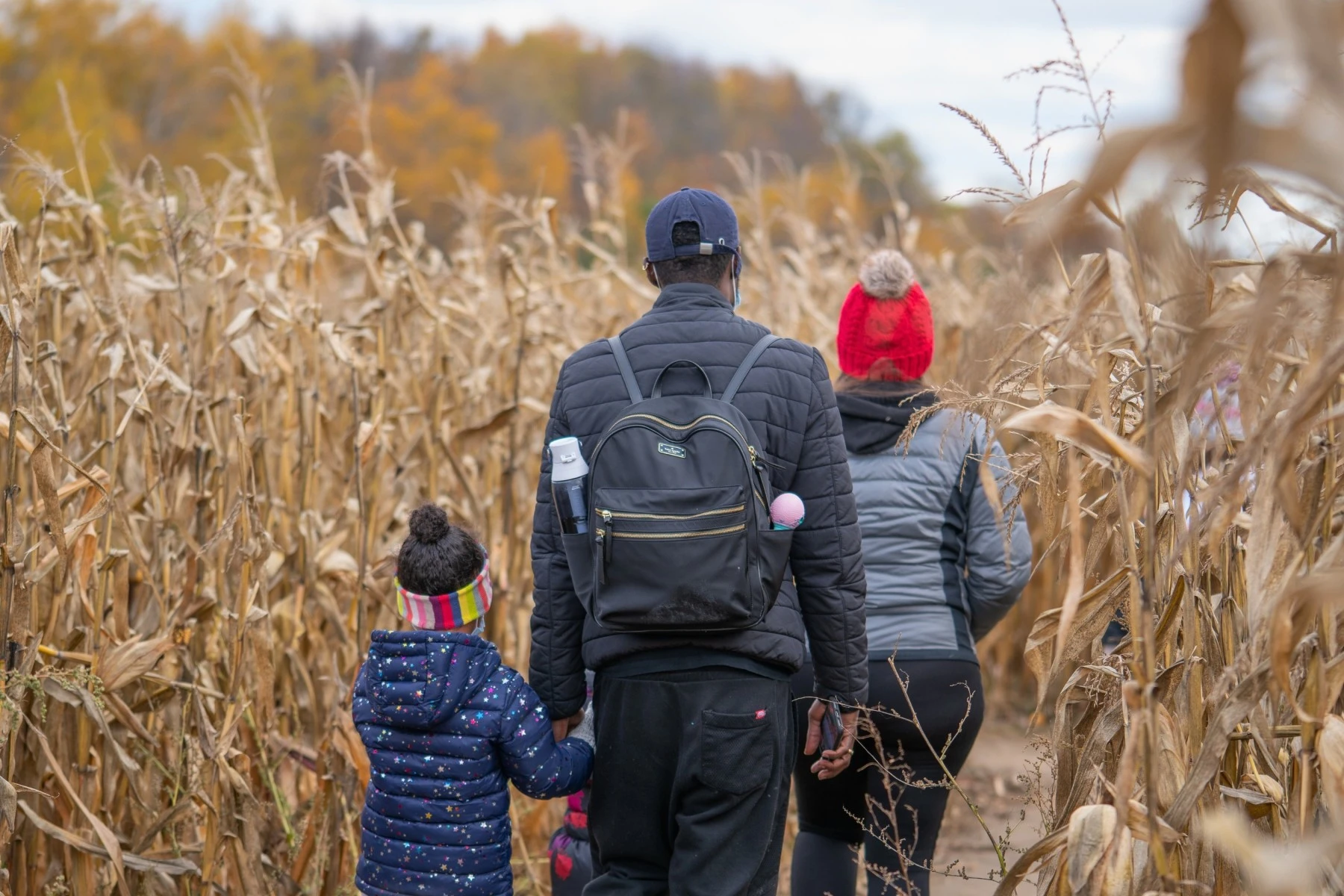
Corn mazes pop up across the country each fall, often as part of larger harvest festivals.
- Saskatchewan: The Strawberry Ranch in Regina runs one of the province’s biggest mazes.
- Manitoba: A Maze in Corn near Winnipeg is a local favourite, with bonfires and petting zoos.
- Prince Edward Island: Kool Breeze Farms transforms its fields into themed mazes perfect for families.
Tip: Go just before dusk for a little adventure, as most farms keep their mazes open into the evening.
Fall hiking
Thanksgiving coincides with the height of the fall foliage season. It’s one of the best weekends of the year to explore Canada’s parks and trails, and enjoy vistas of Autumn leaves.
- Ontario: Algonquin Provincial Park glows with red maples and gold birch leaves by mid-October.
- Quebec: Mont Tremblant and Gatineau Park offer stunning fall views, just a short drive from major cities.
- British Columbia: The Sea to Sky trail and the Okanagan Valley are perfect for mild-weather hikes through colourful forests.
Pro tip: Pack a thermos of hot chocolate and turn your hike into a mini Thanksgiving picnic.
Visiting a Thanksgiving parade and food fairs 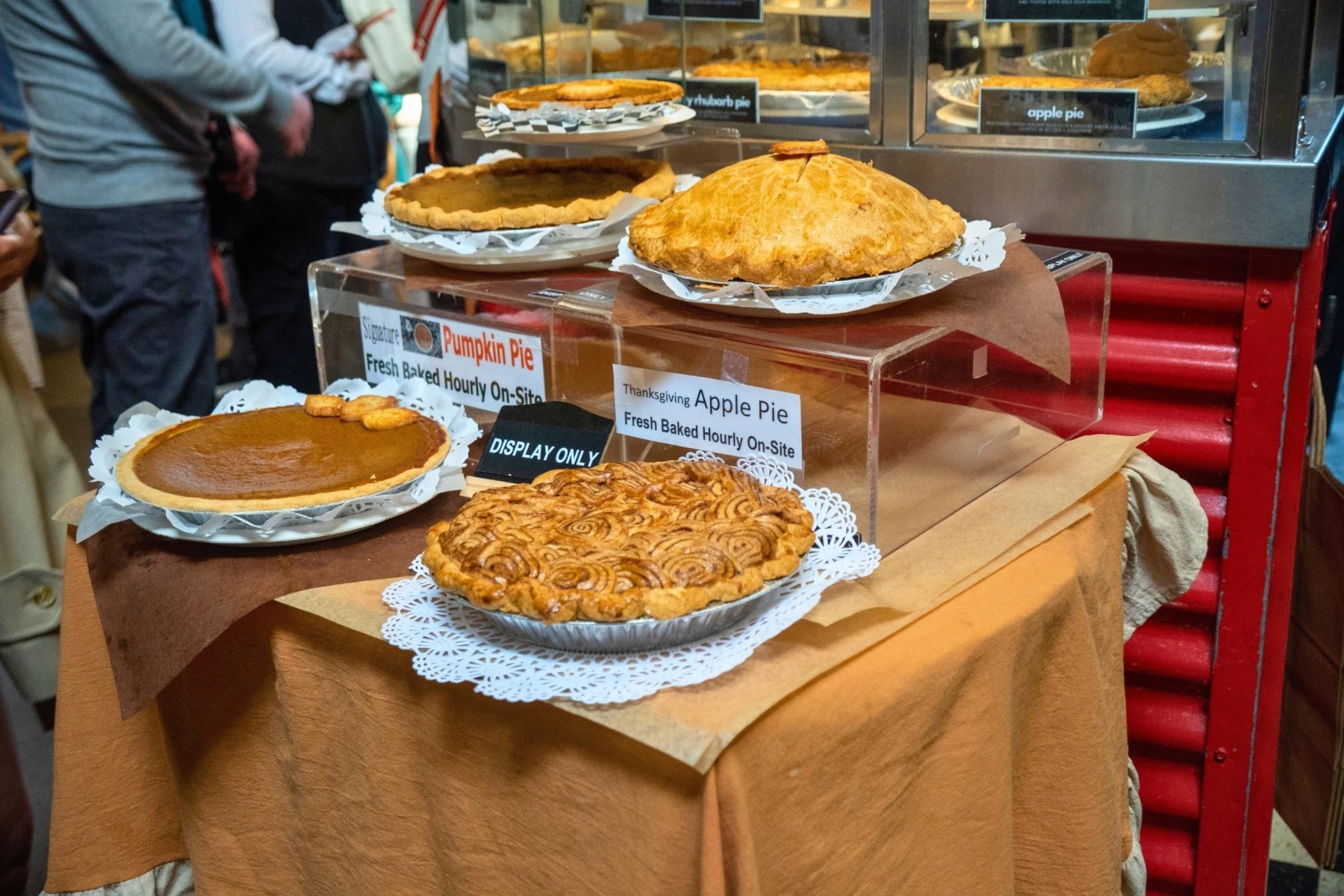
Thanksgiving parades have a long history in Canada. The Kitchener-Waterloo Oktoberfest Parade doubles as the country’s most famous Thanksgiving parade, televised nationally each year.
- Toronto: Hosts smaller neighbourhood parades and local harvest events.
- Montreal and Vancouver: Celebrate with multicultural food fairs and seasonal markets.
Fun fact: The Canadian tradition of Thanksgiving parades dates back to the early 20th century, predating some of the more commercial American ones.
Weekend getaway ideas
If you prefer to escape the city, many families take short road trips during the long weekend.
- Niagara-on-the-Lake, Ontario: Known for scenic vineyards and Thanksgiving wine tours.
- Banff, Alberta: Offers crisp air, mountain views, and cosy fireside dinners at local lodges.
- Cape Breton, Nova Scotia: The Cabot Trail explodes with colour during Thanksgiving week, making it one of Canada’s most scenic drives.
Building community and connection through Thanksgiving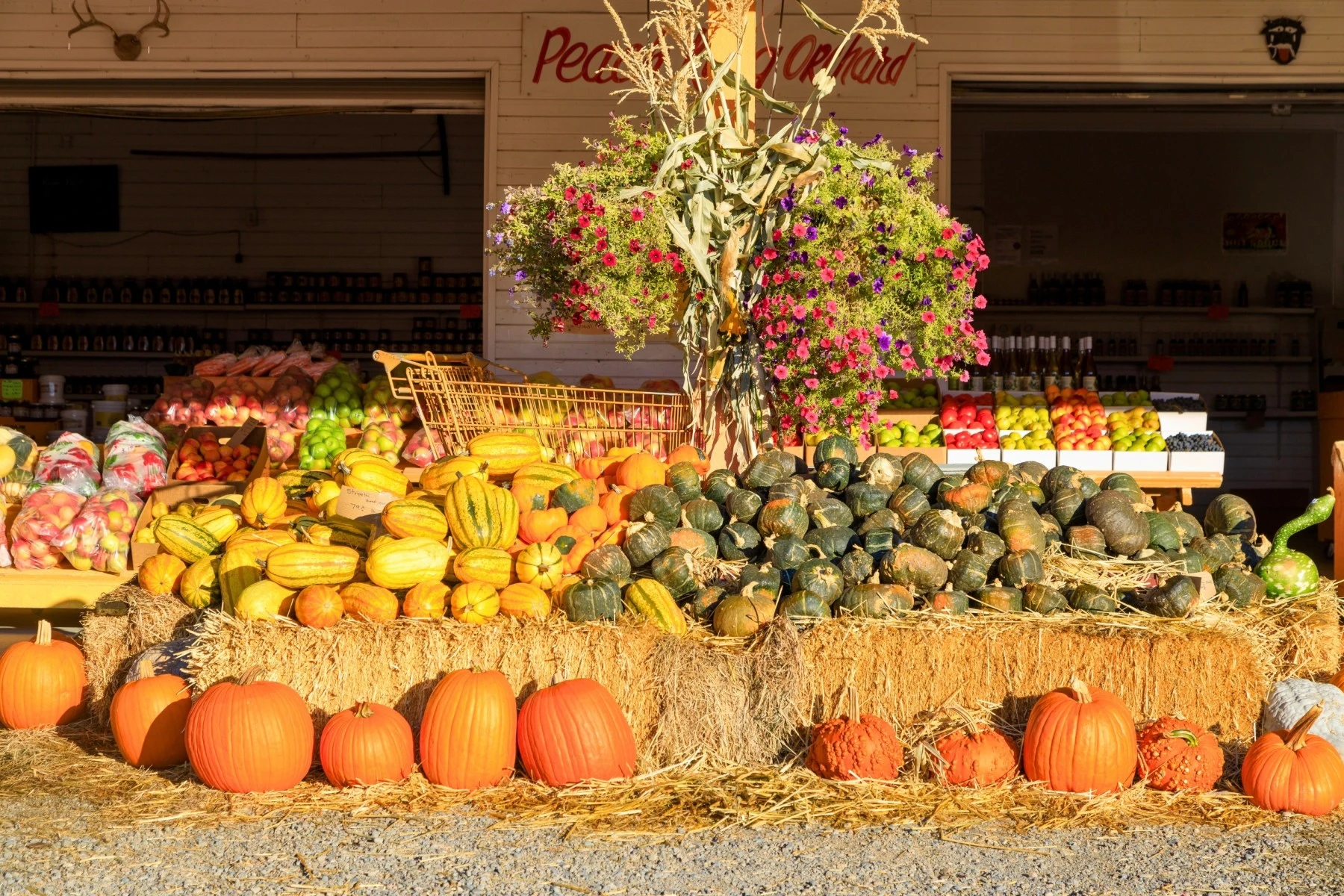
Friendsgiving
If you can’t be with family, host a Friendsgiving feast instead. It’s a fun, inclusive way to share food and gratitude with friends who are also away from home.
Sustainable Thanksgiving
- Reduce food waste by starting with smaller portions.
- Encourage friends and family to bring reusable containers to take home leftovers (and prolong the Thanksgiving enjoyment in the process)
- Source your ingredients from organic farms or pasture-raised meat suppliers to support ethical and sustainable food sources.
Community-focused Thanksgiving
You can make your Thanksgiving more meaningful by giving back to others:
- Support Indigenous-owned food producers and companies.
- Donate extra ingredients to local food banks.
- Volunteer at soup kitchens and shelters.
- Attend Indigenous celebrations if possible to broaden your awareness of Thanksgiving traditions practised by Canada’s original peoples.
For newcomers discovering their first Canadian holidays, our guide to Canada’s traditions and heritage offers helpful background and cultural insight.
Reframing your approach to gratitude
Thanksgiving isn’t just about gathering and feasting. It’s a time to reflect on gratitude, respect for the land, and contemplate the meaning of reconciliation.
You can use Thanksgiving time to educate yourself and your family about the local First Nations in your area and their cultural traditions. By learning the real history of Thanksgiving, you are honouring the truth and acknowledging the resilience of Indigenous peoples who endured colonisation.
To explore this further, read our article on reconciliation in Canada.
By combining food, family togetherness, community growth, and Indigenous awareness, you and your loved ones can help Thanksgiving evolve into an inclusive, sustainable and truthful holiday, to be enjoyed for years to come.
What do our customers say?








